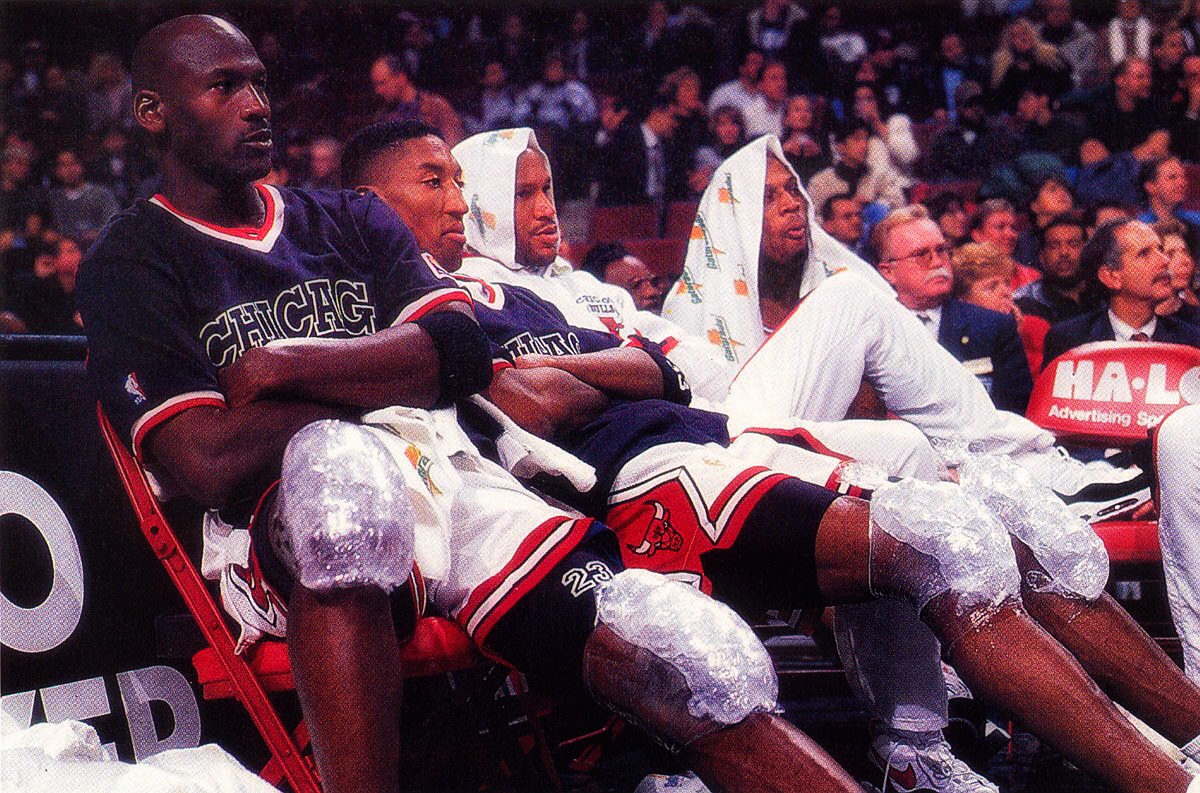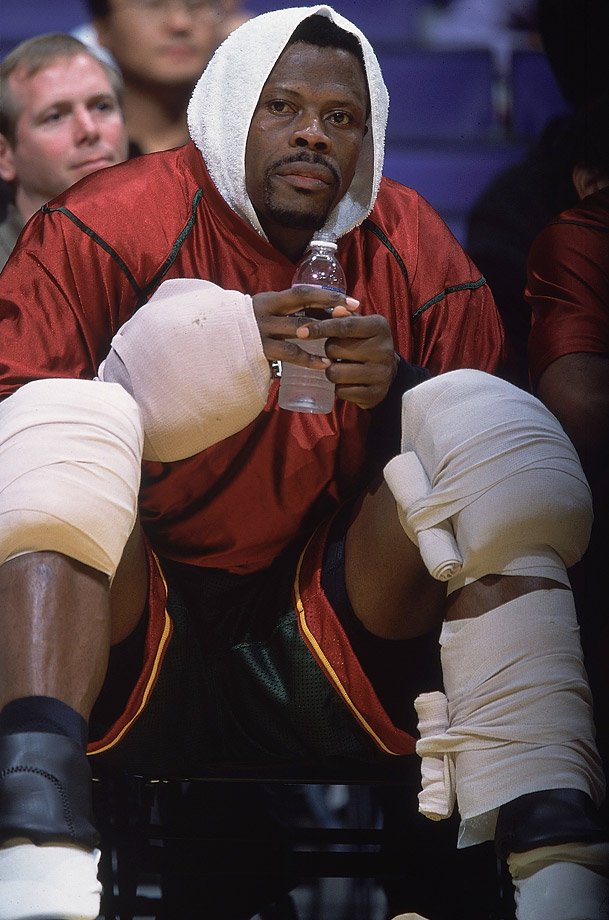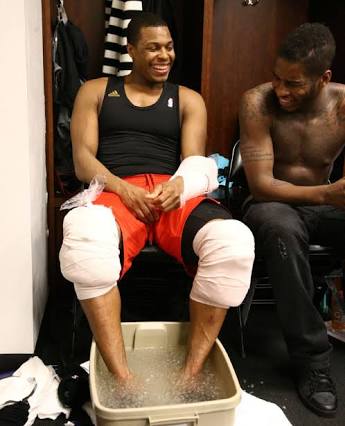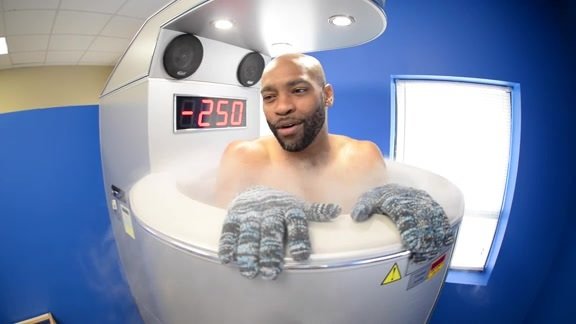From Ice Packs to Cryotheraphy: The Evolution of Injury Recovery in Basketball
The NBA is almost midway through its 72nd season and teams are pushing up the standings with much-needed wins to get momentum prior the All-Star break. More than these regular season wins, teams are also maximizing on the new NBA ”rest-rule” to prevent player injuries especially come playoff time.
These injuries especially to franchise players may spell whether a contending team from either conference will go deep into the playoffs or not which is why injury management is very important. Sure, the Boston Celtics (34-13, currently 1st in Eastern Conference) and the San Antonio Spurs (30-18, currently 4th in Western Conference) are able to overachieve with the injuries to Gordon Hayward and Kawhi Leonard, but it will be a much more different atmosphere during the playoffs where the skills and experience of these injured players will be highly critical.
Watching these basketball games, on-court cameras would catch resting players on the bench with thick ice packs on their bodies. This ice pack therapy uses cold temperatures to alleviate the discomfort of minor injuries and lessen the soreness of muscles. The treatment minimizes muscle contraction and stiffness by curtailing the activity of body muscles and decelerates conduction velocity of nerves. Ice pack therapy is also good for muscle guarding.

The six-time NBA champs Chicago Bulls uses ice packs during games
Ice pack treatment helps prolong the career of injury-plagued athletes. However, this practice of injury management doesn’t come without any opposition. Some medical practitioners argue that instead of mitigating these player injuries, ice pack treatment further aggravates the bio-physical nature of athletes and increases the likelihood of an injury.

Patrick Ewing, one of the most injury-plagued players to play in the NBA
The adverse effects of using ice packs are decrease in balance, decreased myotatic reflex, and force production which is why it is not used prior to rehabilitation or performance.

Kyle Lowry using an ice bucket right after the game
With the contradicting expert opinions
surrounding the ice pack treatment, teams were looking for other options to incorporate to their injury management programs.
One promising alternative that came about is cryotherapy. Originally, this procedure is used in surgical treatments to cure tissue damage. The term “cryotherapy” comes from the Greek word ”cryo” meaning cold, and ”therapy” meaning cure.
Cryotherapy uses liquid nitrogen and refrigerated cold air to expose individuals to ”extremely cold dry air (below −100 °C) for up to four (4) minutes”. It was in the late 1970’s in Japan where the first ever cryotherapy chamber was built.
There were claims that cryotherapy resulted in decreased inflammation, redirected blood flow to vital organs, boosted immune system and metabolism, mitigated post workout soreness, relief of joints, and muscle pains.

Vince Carter inside a cryotherapy chamber. At the age of 40, he is playing in his 20th NBA season
Much like the ice pack treatment, cryotherapy is likewise targeted with opposition. Some claims that the procedure’s adverse effects are not being reported and that there is ”risk of inert gas asphyxiation and frostbite” with use evaporating liquid nitrogen use to produce cold temperatures.
Being relatively new and minimal results to back it up, only time can tell whether the advent of cryotherapy has indeed arrived in the NBA.
Resources:
Bleakley, Chris; McDonough, Suzanne; MacAuley, Domhnall (2004). "The Use of Ice in the Treatment of Acute Soft-Tissue Injury. A Systematic Review of Randomized Controlled Trials". The American Journal of Sports Medicine. Volume 32: Pages 251–61.
Cross, K.M.; Wilson, R.W.; Perrin, D.H. (1996). "Functional Performance Following an Ice Immersion to the Lower Extremity". Journal of Athletic Training. 31 (2): 113–16.
Costello, Joseph T.; Baker, Philip Ra; Minett, Geoffrey M.; Bieuzen, Francois; Stewart, Ian B.; Bleakley, Chris (18 September 2015). "Whole-body cryotherapy (extreme cold air exposure) for preventing and treating muscle soreness after exercise in adults". The Cochrane Database of Systematic Reviews. 9: CD010789.
https://www.huffingtonpost.com/annie-negrin-md/the-cryotherapy-revolutio_b_13305432.html
Staff editors (23 March 2017). "The spread of cryotherapy". The Economist. Retrieved 27 March 2017.
Images: Kindly note that all images were taken via internet resources.
Original blog posted here on Steemit by @thehappyparent. All rights reserved 2018.
@originalworks
As a follower of @followforupvotes this post has been randomly selected and upvoted! Enjoy your upvote and have a great day!